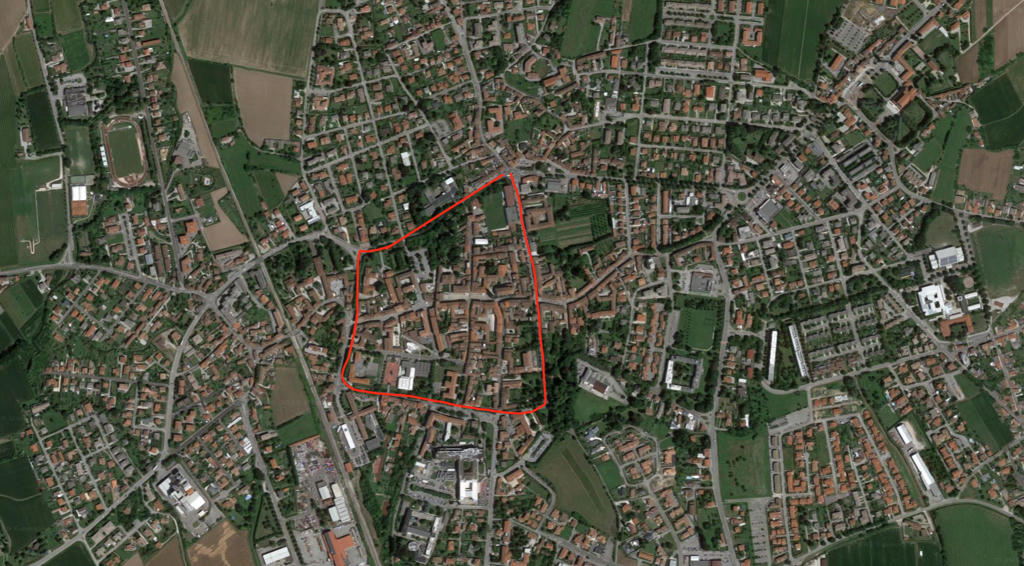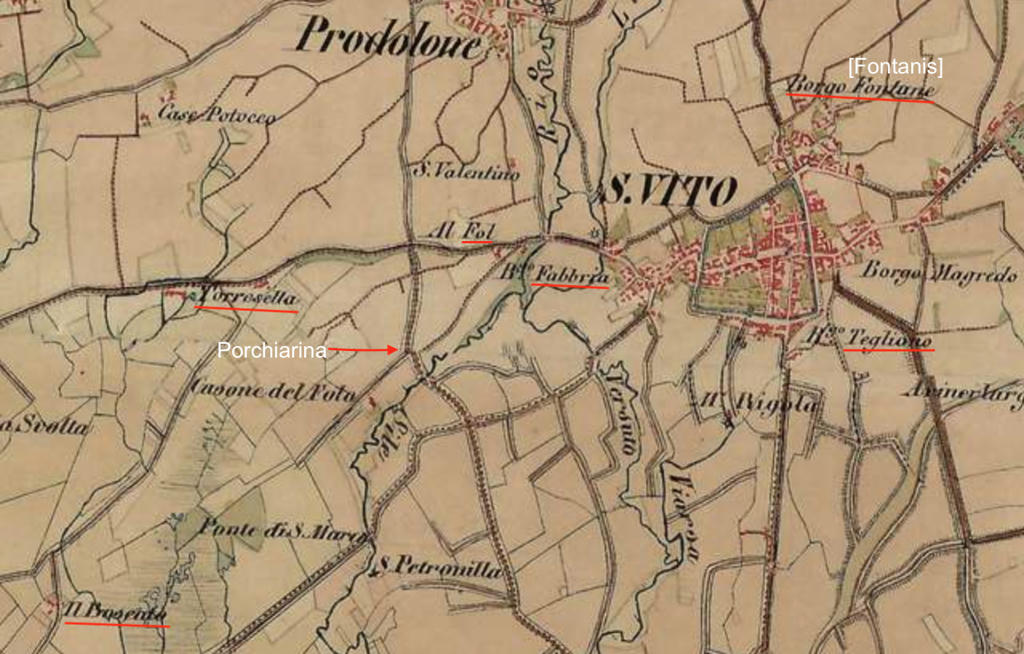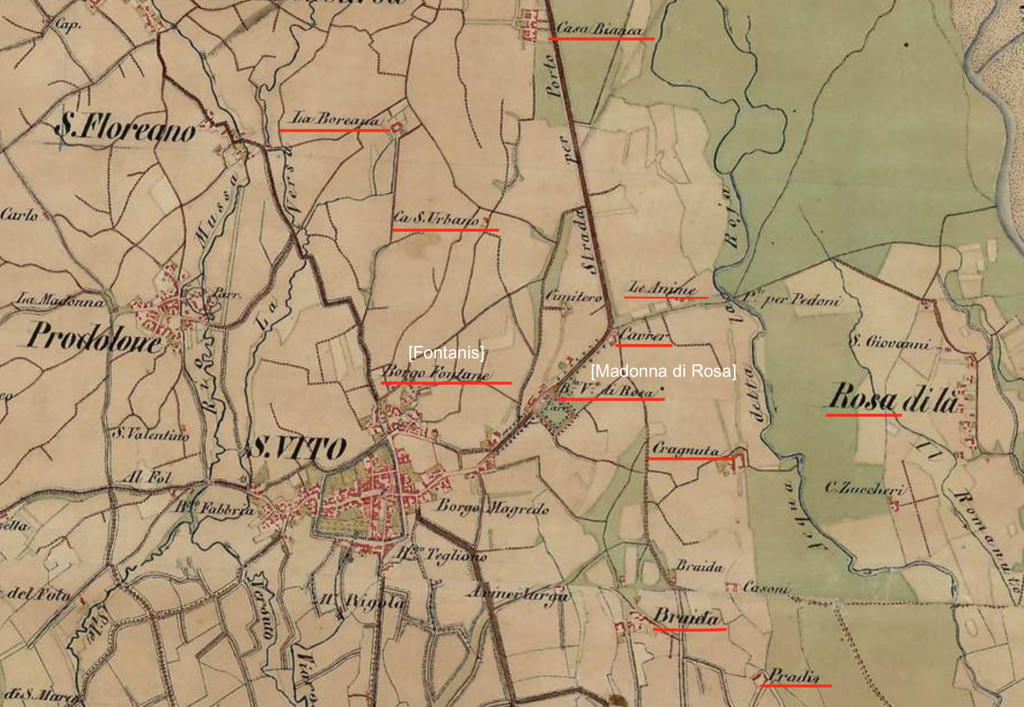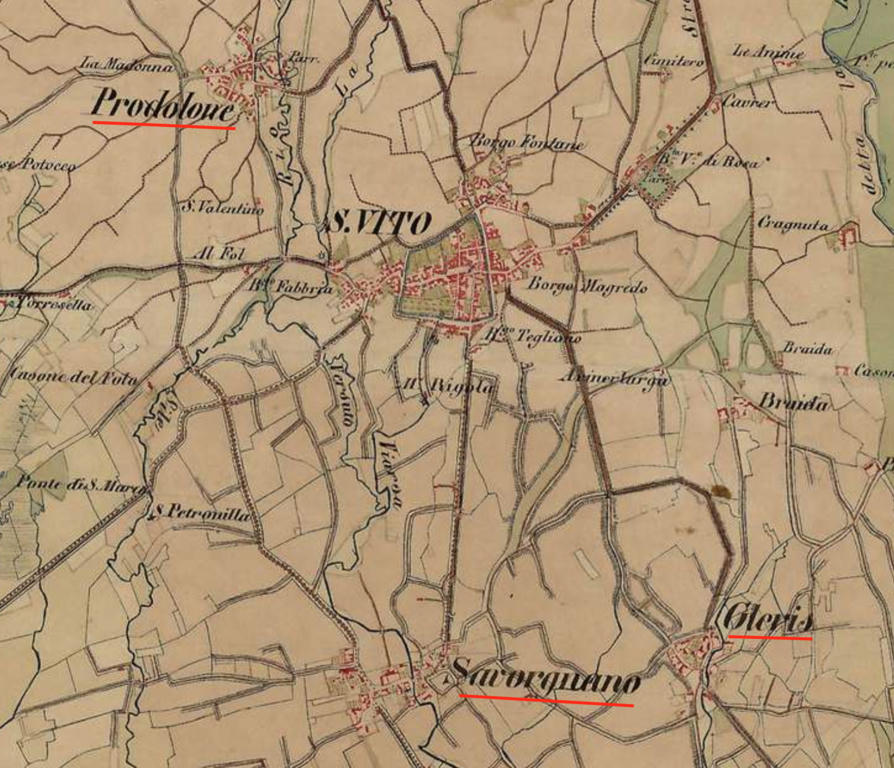This post is for notes, maps and informations useful to understand the next 4 blog posts on the list of soldiers in the Guardia Nazionale (National Guard)
It will be updated when each post is published.
Posts
Part I - 1st Company HERE
Part II - 2nd Company HERE
Part III - 3rd Company HERE
Part IV - 4th Company HERE
Exempted individuals HERE
Info:
For an idea of the uniforms used during the Napoleonic times: here.
Description of the duties, the uniforms, the composition etc of the Guardia Nazionale (National Guard) during this period can be found in this book:
"Codice dei podestà e sindaci del Regno d'Italia" Milano, dalla Reale Stamperia, 1811
specifically pages 100-113.
Please check this book (available for free on google books at the link provided) for detailed info.
Below just a brief summary of the composition of the GN, as per that book.
- soldiers are able bodied citizens between the ages of 18 and 50
- towns must keep a register for the Guardia Nazionale containing names, surnames, ages, profession and address of soldiers. The register is amended every November.
Are exempt from any obligation towards the GN:
- the constitutional authorities, prefects, vice-prefects, town councilors and other officials that are not paid.
- church ministers
- those that make up the reserve army
- those living in that town briefly/studying there
- workers in weapon factories
- those declared unfit for military service and with an income of less than 500 lire of Milan
Are exempt from providing personal service:
- head of public offices demanding daily presence
- professors and teachers in public schools
- those declared unfit for military service: they must pay monthly taxes based on their income (with income of more than 500 lire of Milan).
Maps:
San Vito represented on the second military survey of the Hapsburg Empire (1818-1829).
I have added the locations of the various "contrada" mentioned in the soldiers' lists, because only a couple were already in the map.
A "contrada" or "borgo" is smaller than a hamlet, it's usually made up by a few houses, sometimes it spans just half a street.
Contrade/Borghi for Post I:
Piazza - the public square
Levada - now Via (street) Roma, already Via 24 Luglio
Codamala - historically where the jewish community lived in the XVI century, now via Paolo Sarpi
Belveder - just outside the public square
(Borgo) della Madonna - near the church of S. Maria dei Battuti, now Via Bellunello
Castello - near where the old castle was (it became a noble residence that is now restored), now in Via G. Marconi
San Lorenzo - near the San Lorenzo church, outside the square but inside the largest of the city walls, in Via P. Amalteo
Savorgnana - the road leading to Savorgnano
(Borgo) Tegliano - where the hospital is, outside the city walls, now Piazzale Taliano.
(Borgo) Magredo - now Via A. L. Moro
From Google maps today. I have used red to show where the Old Town is so that it's easy to spot where those locations are today.
Contrade/Borghi for Post II:
Tegliano - same as previous map
Favria (Fabbria)
Fol
Porchiarina
Boscato
Torisella/Toresella - Torricella
Fontanis
Contrade/Borghi for Post III:
Fontanis
Braida
Pradis
Ca' Bianca (Casa Bianca)
S. Urbano
Boreana
Madonna (di) Rosa
Cavrer - Capraio now
Anime
Cragnutto
di Rosa - Rosa
Contrade/Borghi for Post IV:
Prodolon - Prodolone
Savorgnan - Savorgnano
Gleris - Gleris
These are all current hamlets of San Vito.
Al servizio pubblico = Working for a public office
Capitanio = Captain
Capitano della 1a compagnia = Captain of the 1st Company
Capitano della 2a compagnia = Captain of the 2nd Company
Capitano della 4a compagnia = Captain of the 4th Company
Era infermo = He is an invalid
Esentato dalla legge = Exempted by law
Esentato per sordità = Exempted due to deafness
Impiegato al Off. di Leva = Employed at the conscription office
Impiegato al servizio pubblico = Public service employee
Non avente gli anni = Not yet of age [to serve]
Non più domiciliato = No longer living here
Offrì certificato di nascita = He showed birth certificate
Ora abita al n. 107 = Now living at n. 107
Ora abita a prodolon = Now living in Prodolone
Ora à età = Now of age
Ora non abita in paese = He's not living in this town now
Per cativo stato di salute = Not in good health
Per sordità = Because of deafness
Servo a Chiarano = Servant in Chiarano
Sorpasa l'età / Per lettà passata = Surpasses the [required] age
Sottotenente = Second lieutenant
Tenente della 1a compagnia = Lieutenant of the 1st Company





Thank you for the information. My father was born in favria. Many of his friends called him by a nickname, something to the effect of "blausan". Can you confirm its spelling and provide a small explanation as to its origin? Thank you kindly. Robert Francescutto
ReplyDeleteHi! Thanks for your comment. The only thing I can think of is that it's derived from the place name "Biauzzo" a hamlet of Codroipo less than 10km away from San Vito, also called Blauç in standard Friulan and Blaùs in local friulan. With Blausan meaning from Biauzzo or the one going there/has connection to the place, possibly passed from generations? Was he the only one called that in the family or was it a family soprannome (a sort of nickname/second surname)? The explanation of nicknames or of family soprannomi is not always easy, as they lose meaning and change spelling with generations. -- Gloria
Delete